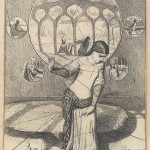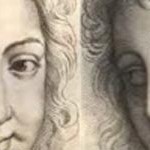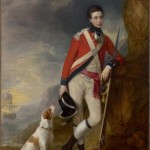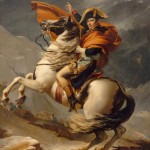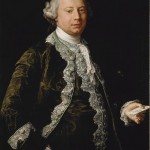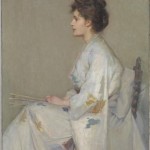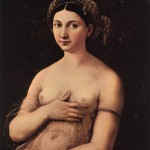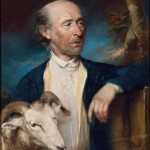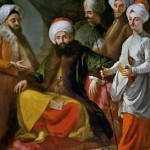
What are you looking at? | Giuseppe Bonito’s The Turkish Embassy to the Court of Naples in 1741 John Weretka The Turkish Embassy to the Court of Naples in 1741 currently on display at the Museo del Prado exhibition at the National Gallery of Victoria. Giuseppe Bonito’s name is not one that anyone other than the most enthusiastic lover of late Baroque art is likely to know. This Neapolitan painter was born in 1707 and was a student of Solimena. From the 1740s, he was engaged as a portraitist to the Neapolitan court. Wider professional recognition followed in the 1750s with nomination as a pittore di camera, election to the Accademia di S. Luca in Rome, and promotion to the directorship of the Accademia di Belle Arti in Naples. Bonito’s output included religious works, such as the now-destroyed vault fresco…


